Edo Period to Meiji Era (1603–1920s)
The Age of the Kimono
During the Edo period, traditional kimono fashion reflected social status, aesthetic codes, and seasonal customs. While samurai and aristocrats wore silk kimonos with gold and silver embroidery, the common classes wore simple linens dyed with indigo.
The art of layering reached its peak during this period, as the practice of wearing multiple kimonos to create harmonious or contrasting color schemes become sophisticated. Seasonal color combinations and subtle variations reflected a level of aesthetic refinement unmatched in Western fashion at the time. One defining technique was kasane-eri (重ね襟) — the art of layered collars that mimicked the appearance of wearing several kimonos. Instead of layering multiple full kimonos, these collar insets allowed cascading color effects at the neckline. Color combinations and subtle variations reflected seasonal transition or specific occasions: spring arrangements featured pale pink, soft yellows, and fresh greens to evoke cherry blossoms, while winter layers often included deep purple flowing.
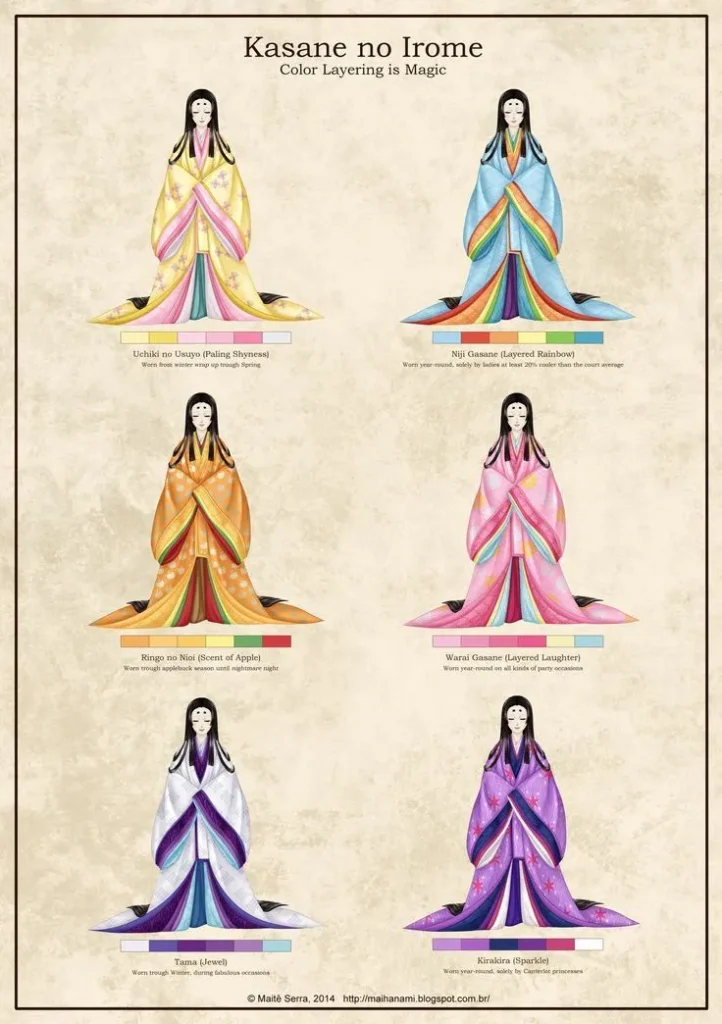
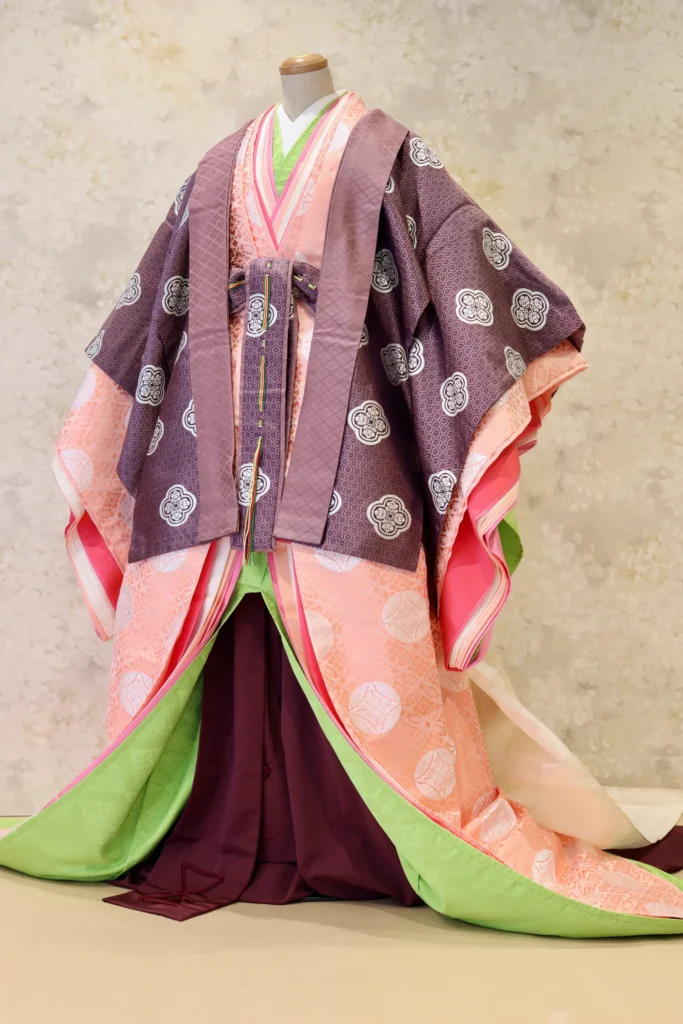
Meiji & Taishō Era (1868–1920s): Western Influence Meets Tradition
After the Meiji Restoration, Japanese society embraced Western modernization. Civil servants and intellectuals adopted Western suits, and by the Taishō period, women started wearing “Hakama”, typically worn over a kimono, but styled with western accessories like lace collars, boots, or hats. However, kimono remained deeply symbolic, and many women continued to wear it in daily life, often blending traditional designs with imported materials.
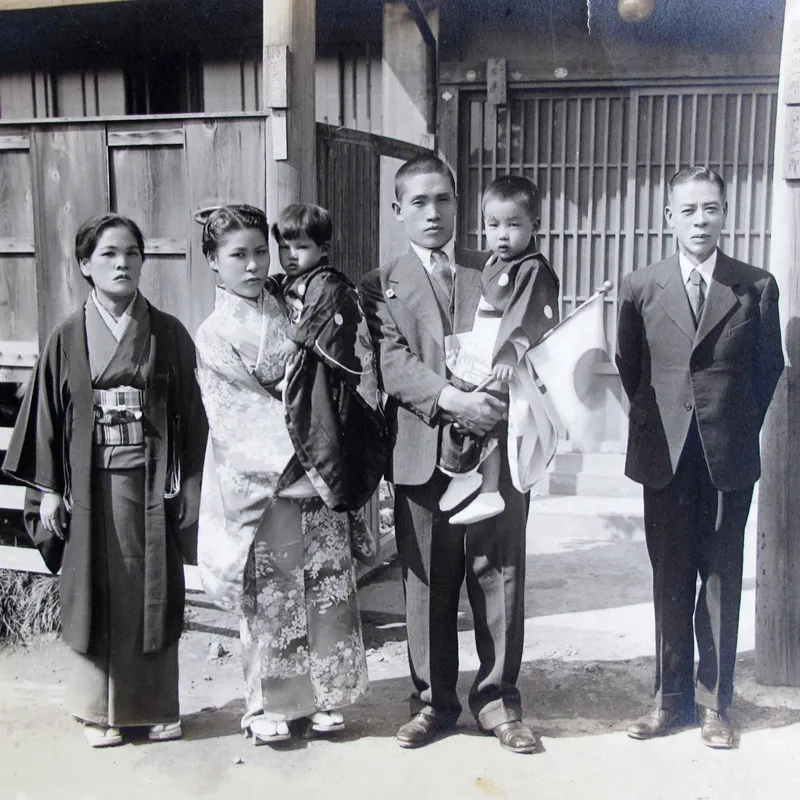
This blend of East and West marked the start of Japan’s modern fashion transformation, visible in school uniforms and formalwear.
Post-War Period (1945–1960s): Functionality and Reconstruction
1950s, from functionality to femininity
After WWII, Japan experienced severe material shortages. Clothing was recycled, patched, and influenced by military surplus (khaki, army jackets). Women wore monpe work pants, while citizen uniforms (kokumin-fuku) emphasized practicality.

By the late 1950s, As the economy slowly stabilized, department stores like Mitsukoshi and Takashimaya introduced Parisian and New York fashion. Dior’s New Look brought back elegance, inspiring Japan’s growing middle class to embrace Western femininity.
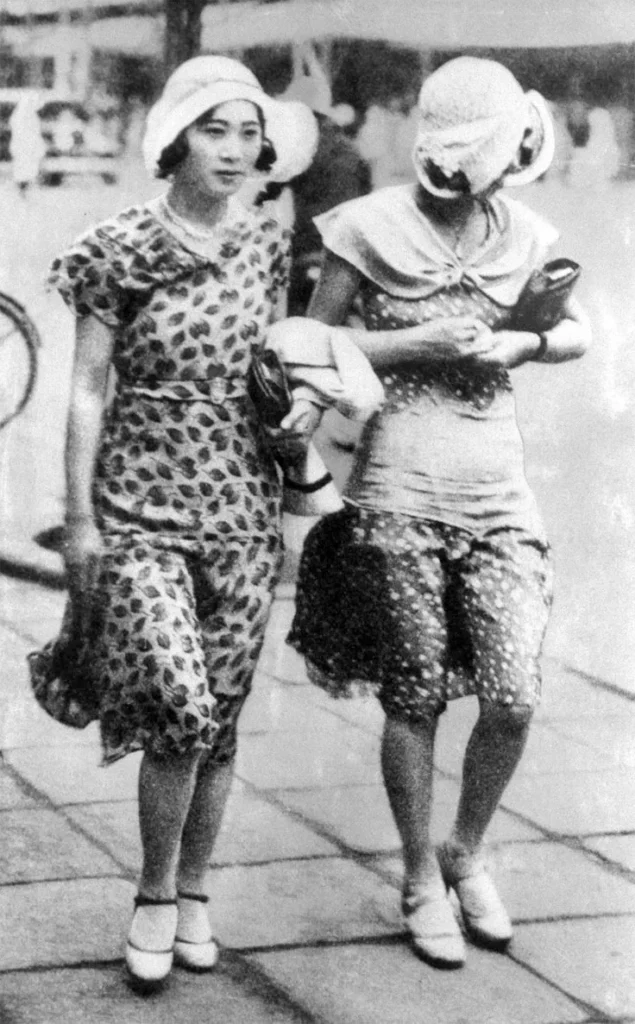
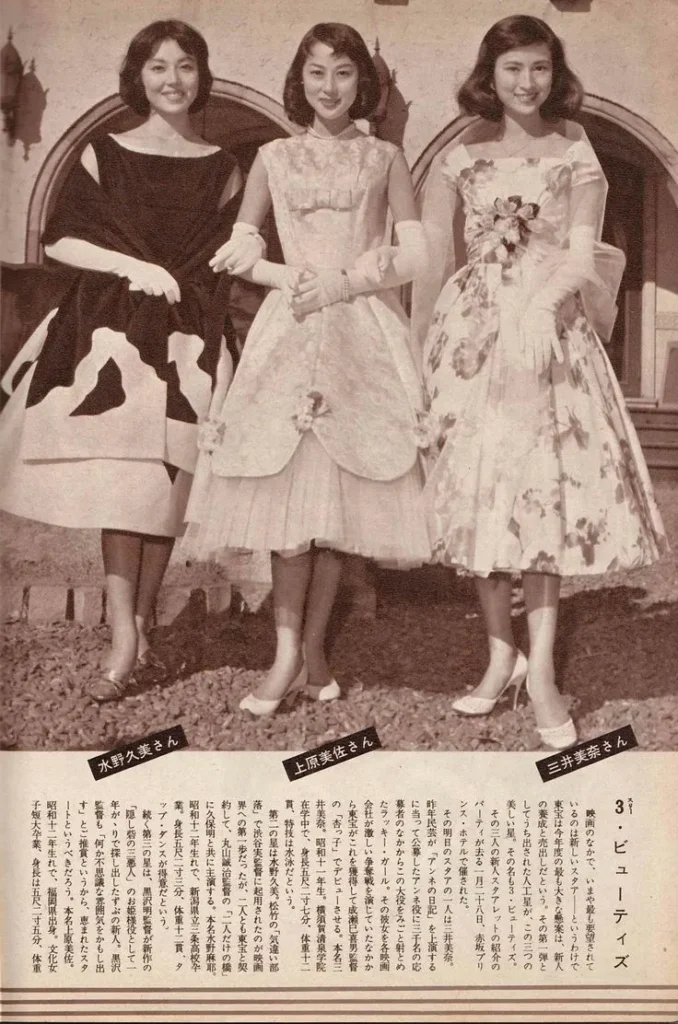
Economic recovery brought the emergence of teenagers’ independent culture. Hollywood films, fashion magazines, and jazz music have shaped the tastes of a younger generation eager to define themselves, starting the age of fashion subcultures movements.
1960s: Ivy Style, Youth Culture & Global Influence
The 1960s saw an explosion of youth fashion. The Miyuki-zoku movement, inspired by American Ivy League style, emerged in Ginza.
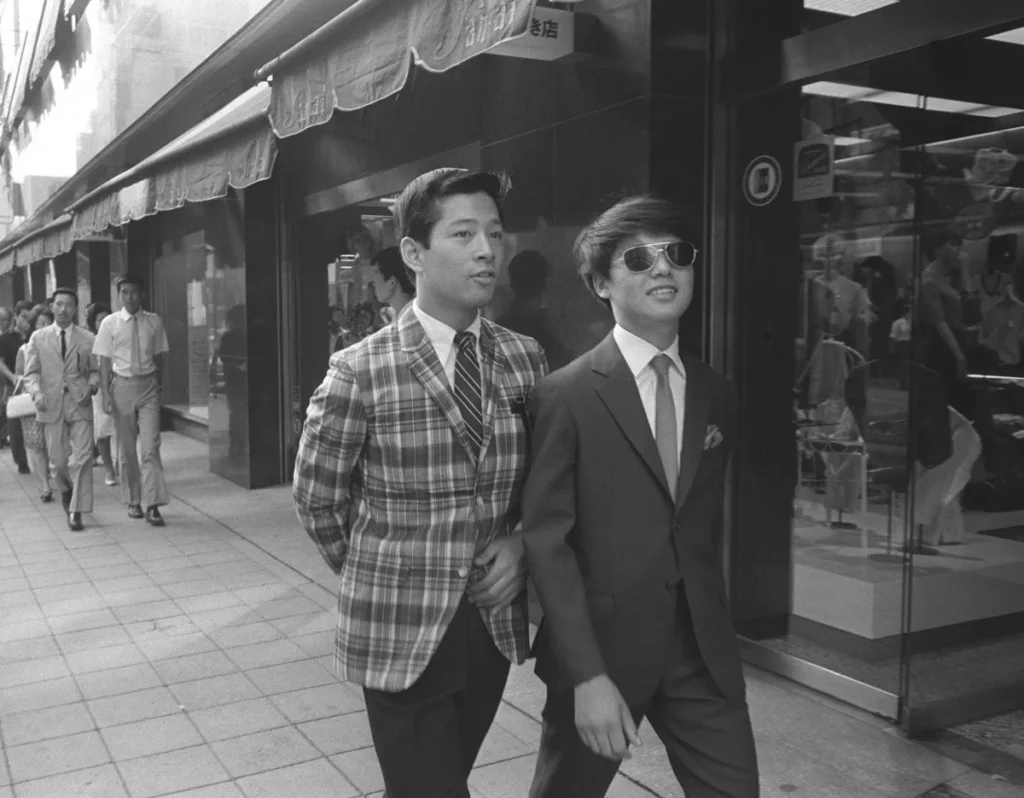
Western pop culture, including The Beatles and Rolling Stones, influenced Tokyo street fashion from the mid-sixities, with miniskirts and slim silhouettes.
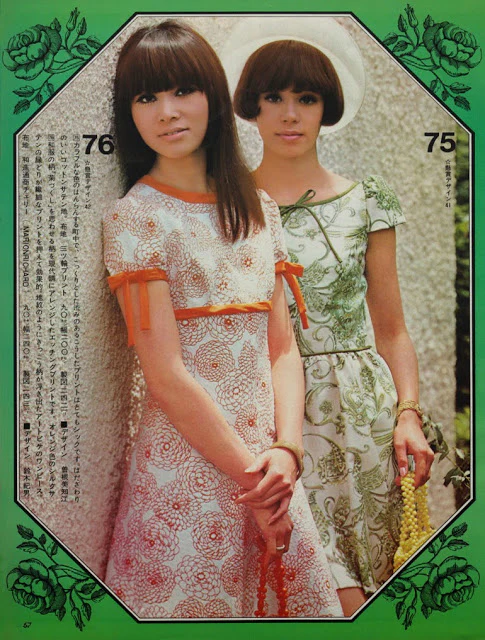
1970s and 80s: DIY and Avant-Garde
Fueled by student protests and anti-establishment sentiments, the 1970s saw the rise of DIY fashion and bohemian styles including maxi skirts, scarves, long ribbons, low heels, conveying environmentally friendly and anti-authoritarian stance.

The “An-non tribe” emerged via magazines An-an and Non-no, defining a new, empowered feminine identity. These new magazines helped spread this creative spirit worldwide, encouraging readers to reject traditional passive feminine roles and actively express themselves through fashion. The typical An-non tribe(アンノン族)style consisted of turtleneck sweaters, A-line skirts, and knee-high boots.
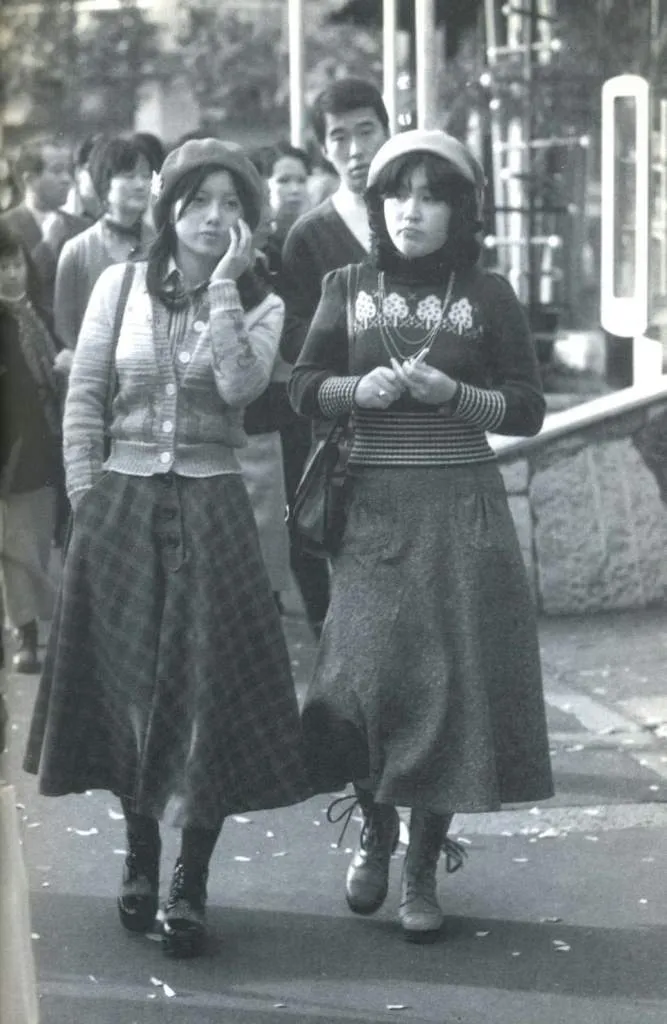
This momentum also grew with the rise of the Tokyo Designer Six (TD6), including avant-garde designers like Mitsuhiro Matsuda, Kansai Yamamoto, Yukiko Hanai, which created the first official fashion week of the city.
As globalization of the fashion industry began, many prominent designers expanded into emerging markets. Kenzo Takada, who became the first Japanese designer to make a major impact in Paris, successfully marked the beginning of Japan’s international fashion presence.
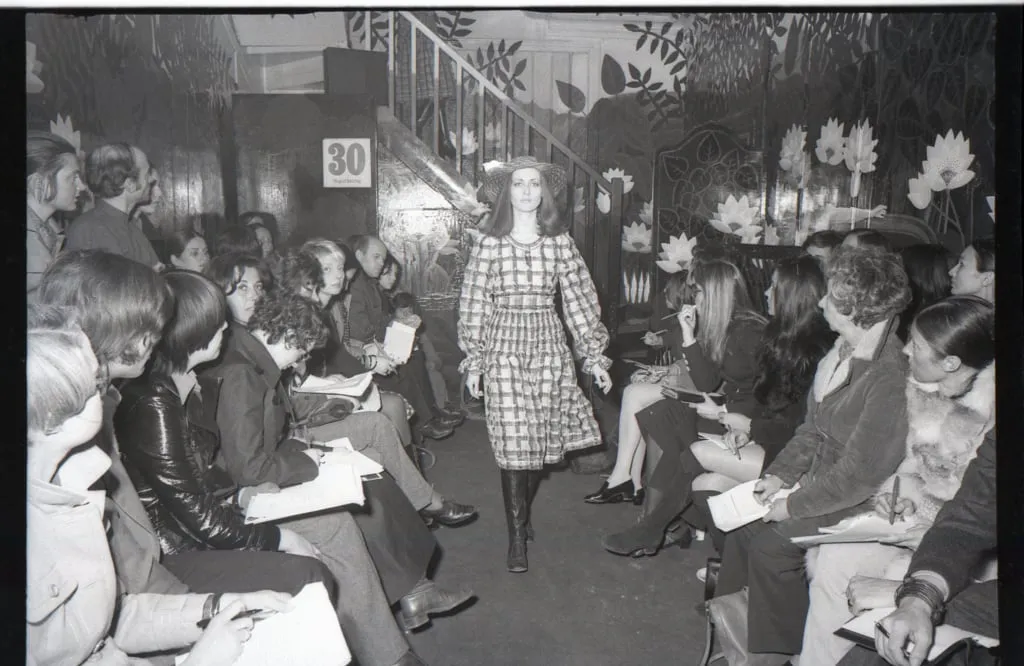
By the 1980s designers who will be known as the Japanese”Avant-Garde”, like Rei Kawakubo, Issey Miyake, and Yohji Yamamoto disrupted Paris with their deconstructed, asymmetrical, monochrome fashion. Their collections challenged Western ideals, introducing Japanese minimalism and imperfection to global runways.
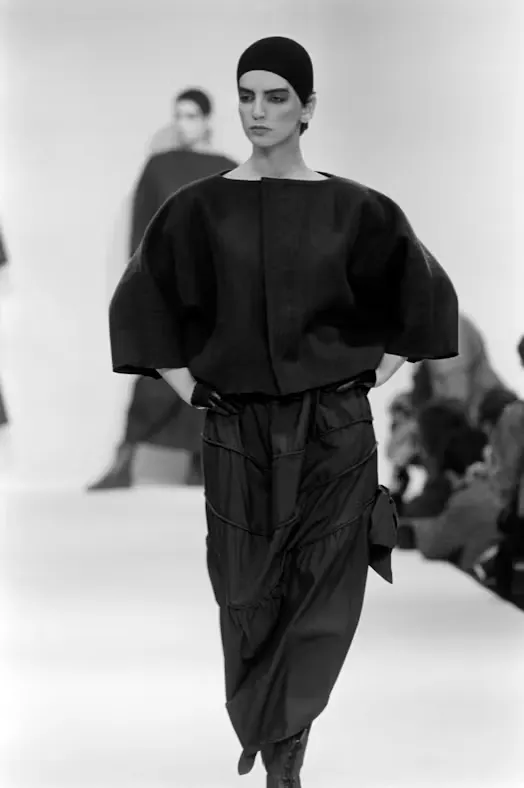
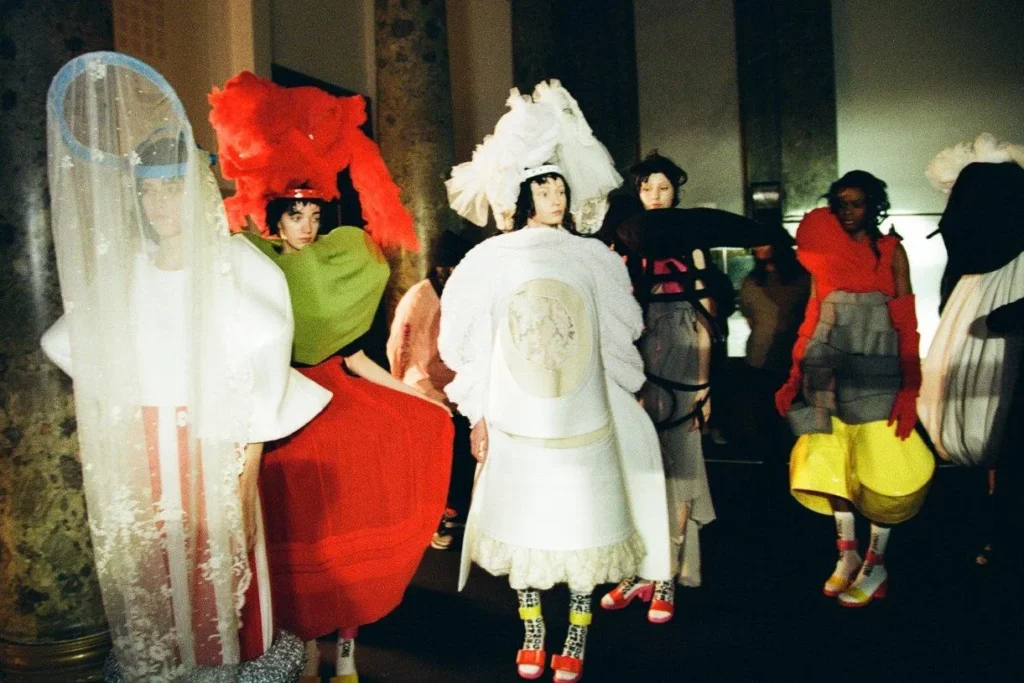
1990s–2000s: The Rise of Japanese Street Fashion & Subcultures
After the economic bubble burst, fashion in Japan turned inward. Harajuku became the epicenter of street subcultures, including:
- Gyaru – rebellious, tanned, ultra-feminine
- Lolita – Victorian-inspired doll looks
- Visual Kei – glam-rock gender-bending styles
- Decora – maximalist, childlike accessorizing
- Kogal – schoolgirl aesthetics with branded items
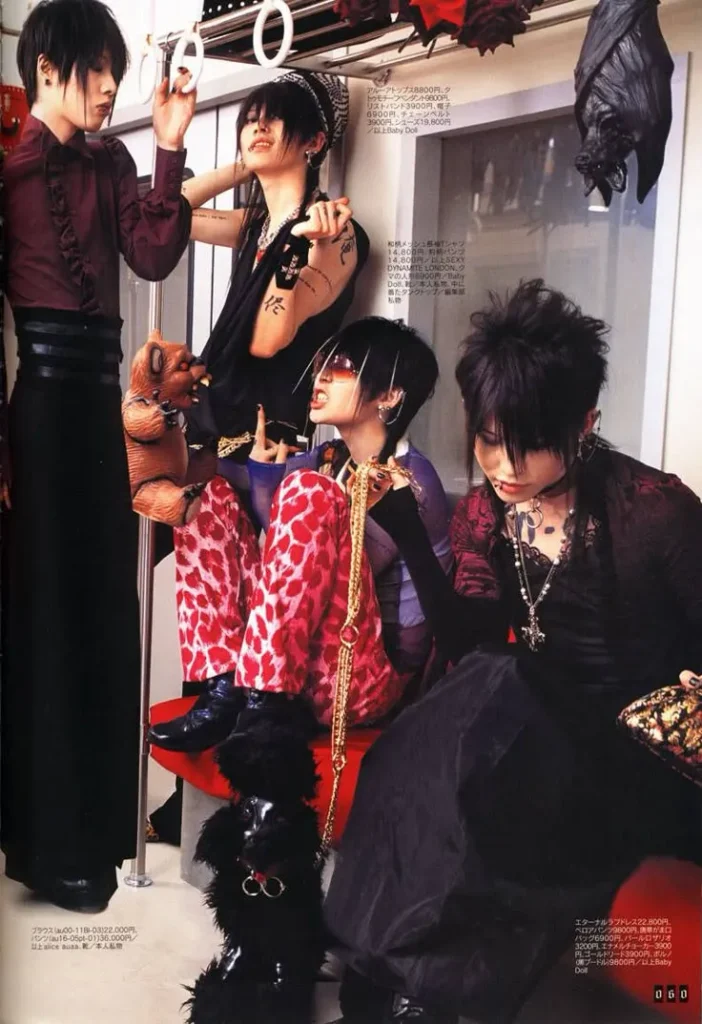
Magazines like FRUiTS and KERA documented the creative explosion, while Ura-Harajuku gave rise to brands like BAPE and Undercover.
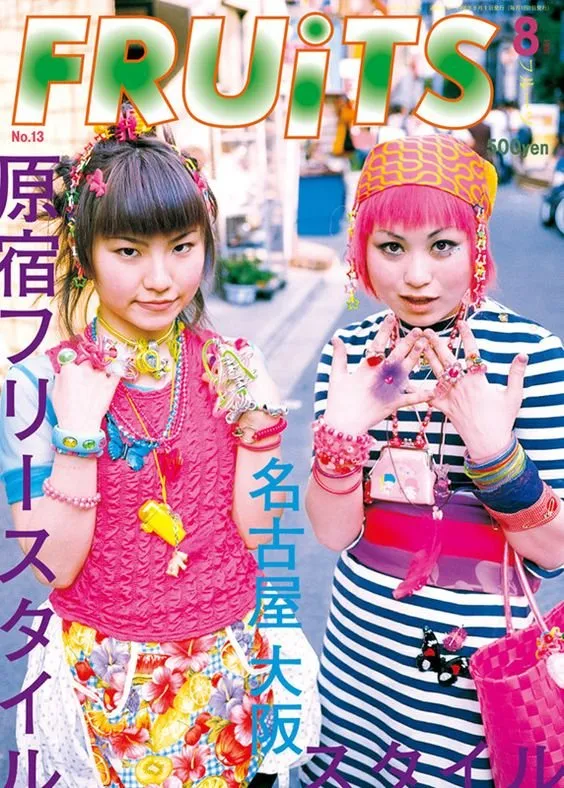
The 2010s marked a shift toward genderless fashion, sustainability, and individual expression. Social media gave rise to microtrends, vintage upcycling, and ambiguous silhouettes.
Minimalism and streetwear now coexist in Tokyo neighborhoods like Shimokitazawa and Koenji, where young fashionistas blend designer, thrift, and anime-inspired styles.
![[NANIKA]](https://nanikajapan.com/wp-content/uploads/2024/10/cropped-NANIKA-LOGO-transp.png)
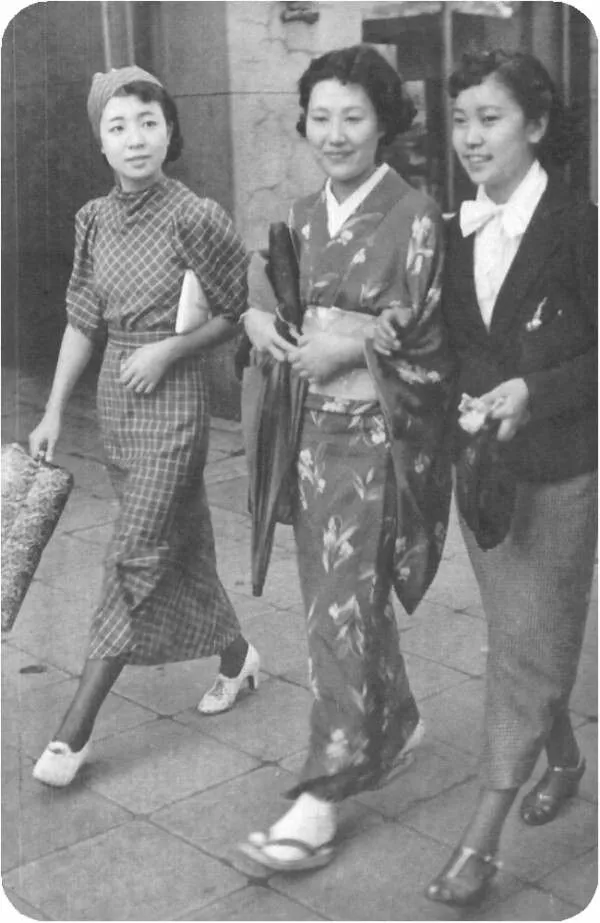
Leave a Reply